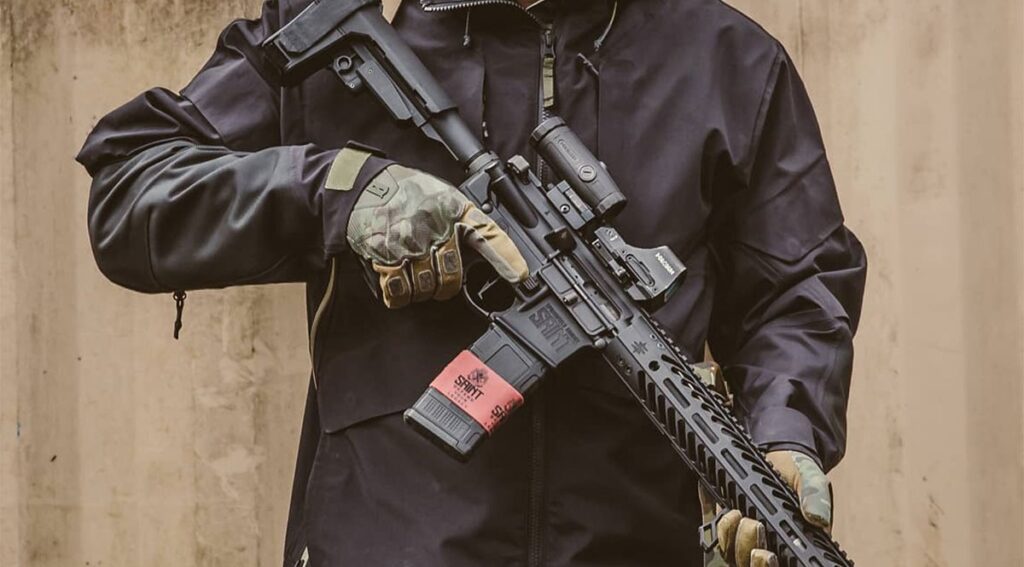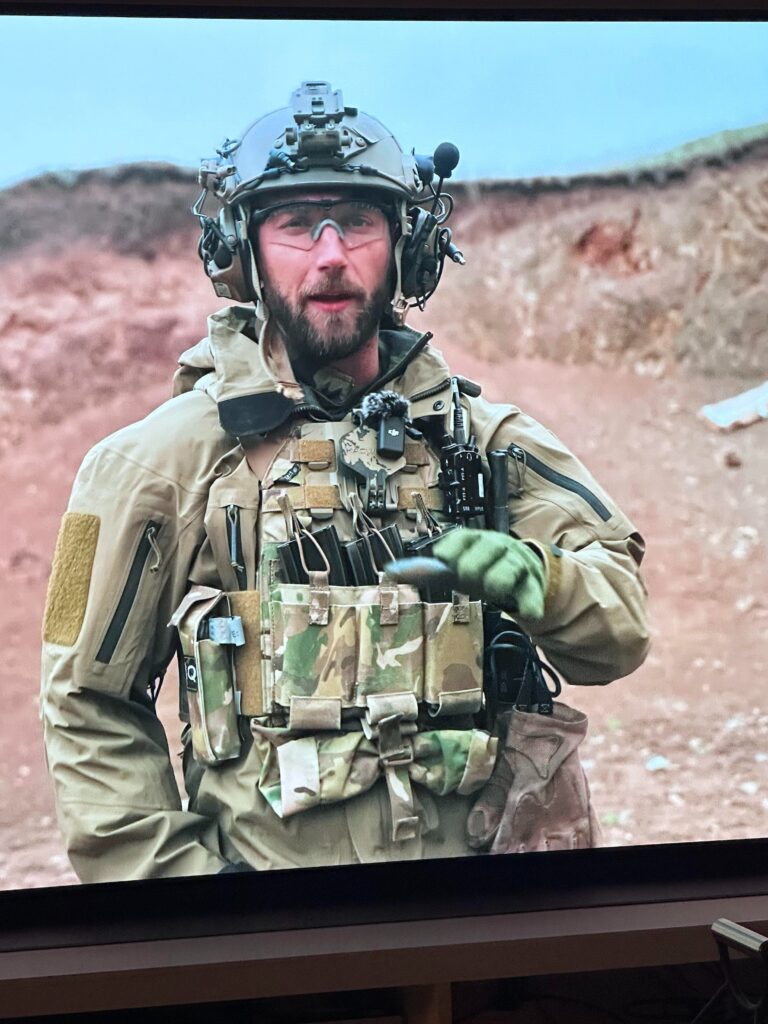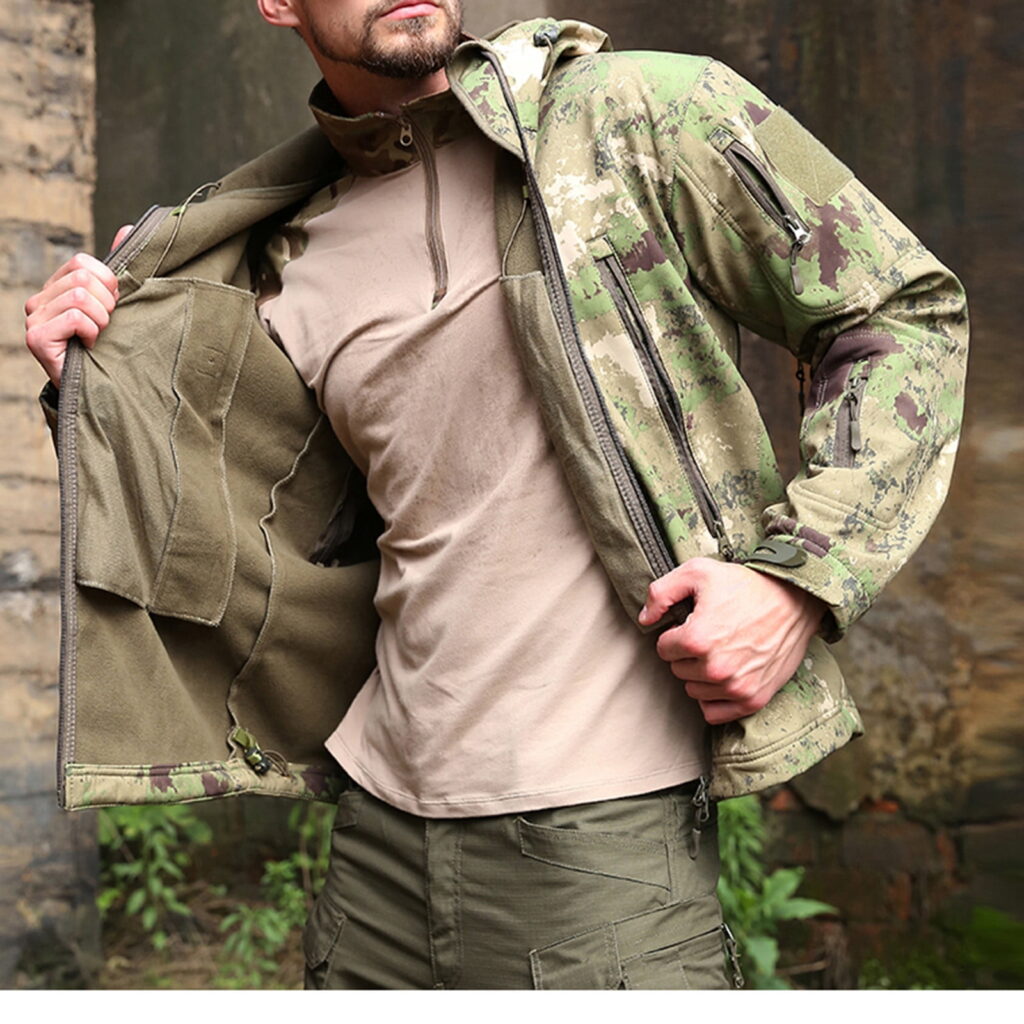Law enforcement buyers can’t afford to make poor gear decisions. In the field, mobility, comfort, and protection matter most. That’s why experienced procurement teams are shifting their preference from hardshell jackets to softshell tactical jackets—and for good reason.
Top law enforcement buyers trust softshell jackets over hardshells because they offer tactical mobility, breathable comfort, and field-tested protection in most operational scenarios. Softshells are more versatile, better for active duty, and ideal for layering—making them a smart investment for year-round police and tactical team readiness.
Here’s why softshells are becoming the go-to outerwear solution for departments worldwide.
What Makes Softshell Jackets the Trusted Choice for Police Gear?
Softshell jackets are purpose-built for movement, quick response, and adaptability.
They’re wind-resistant, water-repellent, and lined with microfleece—ideal for urban patrols, perimeter checks, and motor units.
Their design also allows compatibility with duty belts, armor carriers, and radio setups.

How Do Softshell Jackets Improve Officer Comfort and Readiness?
Compared to bulky hardshells, softshells are lighter and more breathable, reducing fatigue during long shifts. Officers benefit from features like:
- 4-way stretch panels
- Moisture-wicking linings
- Ventilation zippers
- Quick-access tactical pockets
The result? Improved comfort and reduced overheating during active scenarios.

What’s the Key Difference Between Tactical Softshells and Hardshells?
Softshells offer breathable, flexible protection for mild to moderate weather—ideal for active patrol, transport, or mobile command teams.
Hardshells are better in extreme rain or alpine conditions, but sacrifice comfort and ventilation. For day-to-day law enforcement use, softshells strike the perfect balance. See a full comparison here.

What Role Do Hooded Tactical Jackets Play in Field Conditions?
A tactical softshell jacket with hood adds another layer of utility.
Hoods offer protection from wind and sudden rain, especially during foot patrols or outdoor interviews.
Look for designs with stowable or removable hoods to suit different mission profiles and headgear requirements.

Are Waterproof Military Jackets Still Used in Law Enforcement?
Yes, but they’re mission-specific. Military-style waterproof jackets provide full wet-weather coverage, but can lack breathability and flexibility.
Many departments now issue them as backup outerwear, while relying on softshells for daily active-duty wear.

When Should You Opt for a Tactical Winter Jacket Instead?
Only in extreme cold or low-activity situations (e.g. traffic posts, checkpoints).
Tactical winter jackets provide insulation but often restrict movement. Softshells, however, can be paired with base layers for cold-weather use while maintaining full range of motion.

What Are the Most Trusted Brands for Law Enforcement Softshells?
Top procurement teams prefer:
- 5.11 Tactical – Sabre 2.0 Jacket offers warmth, waterproofing, and law-enforcement features
- UF PRO – Delta Eagle Gen.3 is a favorite in cold climates with load-distributing shoulder reinforcements
- Rothco – Affordable and widely stocked softshells for police academies and patrol use

How Do Procurement Teams Evaluate Tactical Outerwear Today?
It’s not just about budget—it’s about mission fit. Buyers now consider:
- Multi-season wearability
- Layering options
- Breathability vs. waterproofing balance
- Fit with gear systems
Softshells consistently rank higher in procurement checklists for active-duty law enforcement.

Summary
Smart law enforcement buyers prioritize softshell jackets for their comfort, versatility, and tactical reliability. Need help comparing bulk purchase options? Connect with our procurement team here and we’ll match you with the right jacket lineup.

